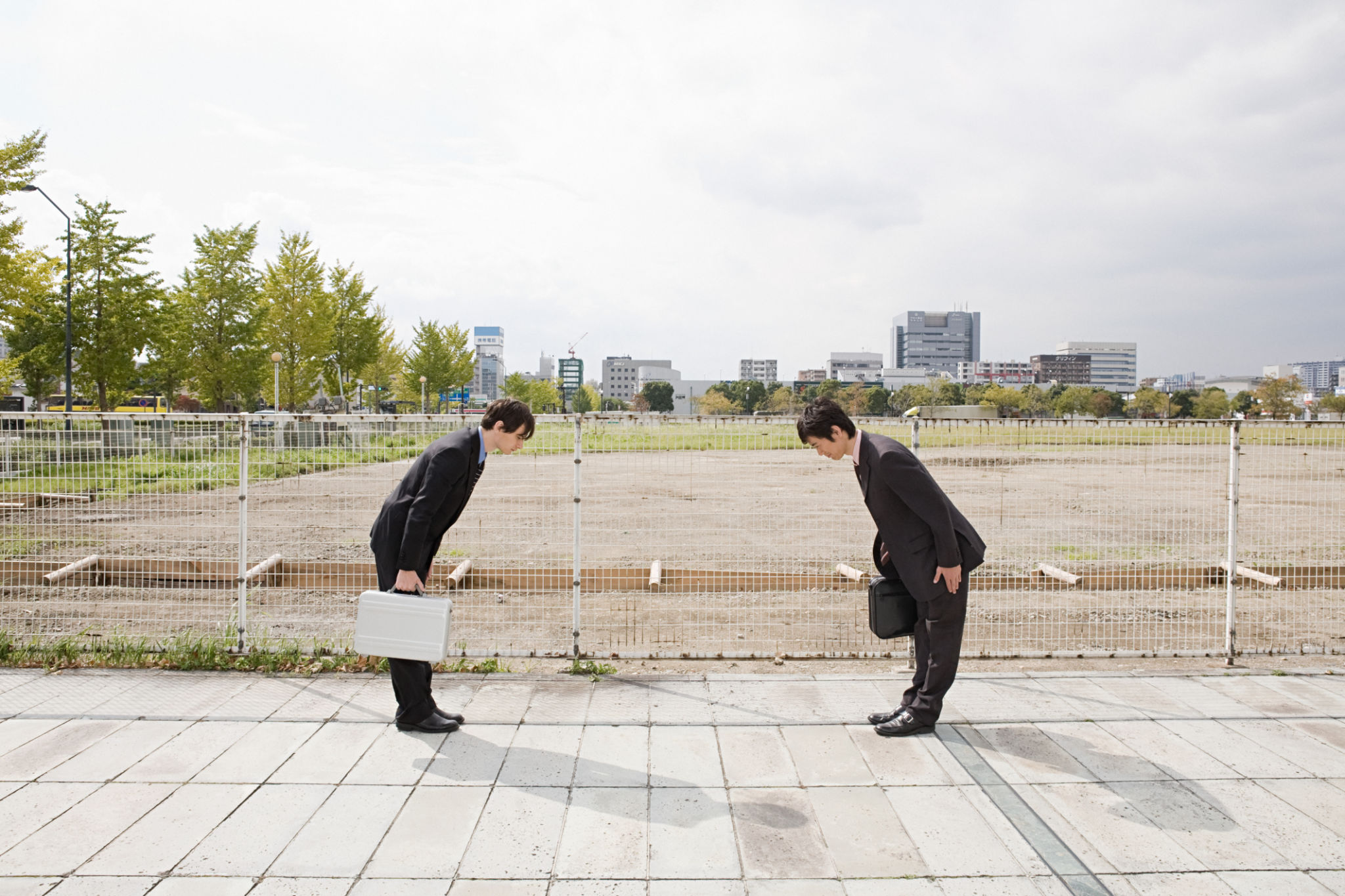Debunking Myths About Commercial Construction Projects
Understanding Commercial Construction Myths
Commercial construction projects often come with a variety of misconceptions that can lead to misunderstandings and misinformed decisions. These myths can affect everything from planning to execution, impacting timelines, budgets, and expectations. By debunking these myths, stakeholders can approach projects with more confidence and clarity.

Myth 1: Commercial Projects Always Exceed Budget
A common belief is that commercial construction projects are notorious for going over budget. While budget overruns can occur, they are not an inevitability. Proper planning and realistic budgeting, paired with effective project management, can keep costs in check. Engaging experienced professionals who provide accurate cost estimates and contingency plans plays a crucial role in managing finances successfully.
Additionally, unforeseen expenses can often be mitigated through regular communication among stakeholders. Transparency and proactive problem-solving help maintain financial integrity throughout the construction process.
Myth 2: Delays Are Inevitable
Another prevalent myth is that delays are a standard part of commercial construction projects. While it’s true that some projects face unexpected challenges, many delays can be avoided with meticulous planning and coordination. Factors such as weather, supply chain disruptions, or regulatory approvals are often cited causes of delays.

To counteract these potential issues, project managers can develop comprehensive timelines that account for possible setbacks. Building buffer periods into schedules and maintaining open lines of communication with suppliers and regulatory bodies can help keep projects on track.
Myth 3: All Contractors Are the Same
A pervasive misconception is that all contractors provide the same level of service and expertise. In reality, the expertise and reliability of contractors can vary significantly. Choosing the right contractor is paramount to the success of a commercial construction project. Stakeholders should conduct thorough research, ask for references, and review past projects to ensure they select a contractor with a proven track record.
Furthermore, establishing a good working relationship with your contractor through clear communication and regular updates is key to ensuring that the project progresses smoothly and meets expectations.

Myth 4: Sustainability Increases Costs Significantly
Many believe that implementing sustainable practices in commercial construction will drastically increase costs. However, the initial investment in sustainable materials and energy-efficient technologies often results in long-term savings. These practices can reduce energy consumption, lower operating costs, and enhance the building's value.
Sustainability does not necessarily equate to high expense; instead, it represents a strategic investment in the future. By prioritizing eco-friendly practices, businesses can benefit from positive brand reputation and meet regulatory requirements more easily.
Conclusion: Embracing the Reality of Commercial Construction
By dispelling these myths, stakeholders can engage more effectively in commercial construction projects. Recognizing the importance of detailed planning, selecting the right partners, and considering sustainable practices ensures that projects are completed on time, within budget, and to a high standard of quality.
Informed decision-making is crucial for the successful execution of commercial construction projects. As these myths are debunked, it becomes easier to navigate the complexities of construction with confidence and foresight.
